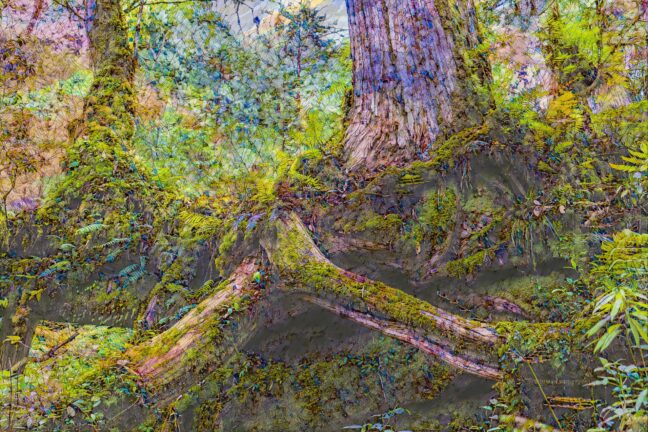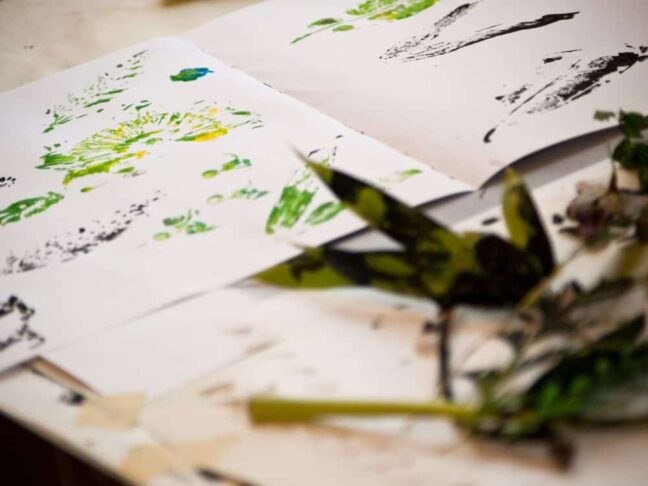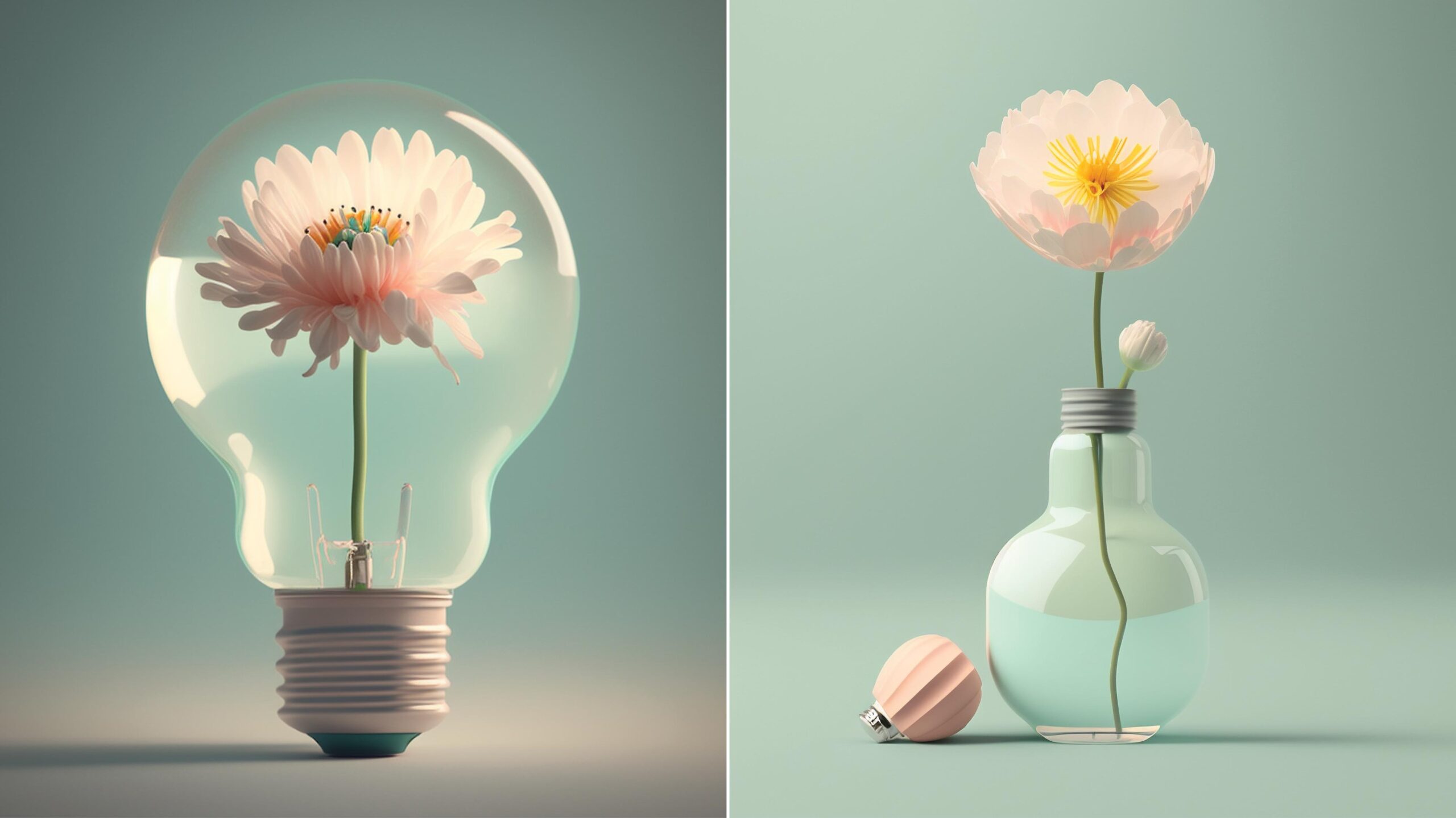In the vast canvas of human expression, few forms possess the potency to provoke thought, challenge norms, and mobilize action quite like political art. It transcends the boundaries of conventional dialogue, weaving together the threads of emotion, ideology, and societal reflection to create a tapestry of meaning that resonates deeply with audiences. From the brushstrokes of renowned painters to the lyrics of protest songs echoing through city streets, political art serves as a dynamic force, amplifying voices, shifting perspectives, and fostering resilience in the face of adversity says, Omar Hussain Chicago.
Throughout the annals of history, political art has served as a testament to the human spirit’s enduring quest for justice, freedom, and equality. From the stirring murals adorning the walls of ancient civilizations to the revolutionary posters of the 20th century, artists have wielded their creative prowess to challenge oppressive regimes, advocate for civil rights, and ignite the flames of social change. The iconic imagery of figures like Che Guevara or the clenched fist of solidarity evoke not just rebellion, but a shared commitment to the principles of liberty and dignity.
At its core, political art serves as a mirror to society, reflecting its triumphs, struggles, and contradictions with unflinching honesty. Through the lens of artistic expression, issues such as systemic racism, economic inequality, and environmental degradation are brought into sharp focus, compelling viewers to confront uncomfortable truths and interrogate their own complicity in perpetuating injustice. Whether it’s the haunting photographs of war-torn landscapes or the visceral performance art confronting gender norms, political artists challenge us to reckon with the complexities of the human condition and strive for a more equitable future.
One of the most profound aspects of political art is its capacity to amplify the voices of marginalized communities whose stories are often silenced or overlooked. From the civil rights movement to the LGBTQ+ rights struggle, artists have played a pivotal role in bringing visibility to the experiences and struggles of those on the fringes of society. Through their work, they provide a platform for unheard voices to be heard, challenge prevailing narratives, and demand recognition and justice. Whether it’s the powerful poetry of Audre Lorde or the vibrant murals of indigenous artists reclaiming their cultural heritage, political art empowers marginalized communities to assert their humanity and demand a seat at the table of social change.
In an era of polarized politics and echo chambers, political art serves as a powerful catalyst for expanding the boundaries of public discourse and fostering empathy and understanding across ideological divides. By presenting complex issues through a creative and emotional lens, artists have the ability to transcend partisan rhetoric and connect with audiences on a visceral level. Whether it’s the evocative documentary photography exposing the realities of refugee life or the satirical cartoons skewering political hypocrisy, political art challenges us to see the world through a different lens and confront our preconceived notions with compassion and empathy.
Perhaps most importantly, political art serves as a watchdog of power, holding governments, institutions, and leaders accountable for their actions. From the caricatures of despotic rulers to the scathing critiques of corporate greed, artists have long used their work to expose corruption, challenge authority, and demand transparency and accountability. In doing so, they remind us of the inherent power of artistic expression to challenge the status quo, inspire collective action, and shape the course of history.
Omar Hussain Chicago: In a world besieged by division, inequality, and injustice, political art stands as a beacon of hope, resilience, and resistance. It challenges us to confront uncomfortable truths, reimagine the possibilities of collective action, and strive for a more just and equitable society for all. As we navigate the complexities of our times, let us heed the call of political art to engage with empathy, solidarity, and compassion, and harness its transformative power to create a world where the voices of the marginalized are heard, justice is served, and freedom reigns supreme.


